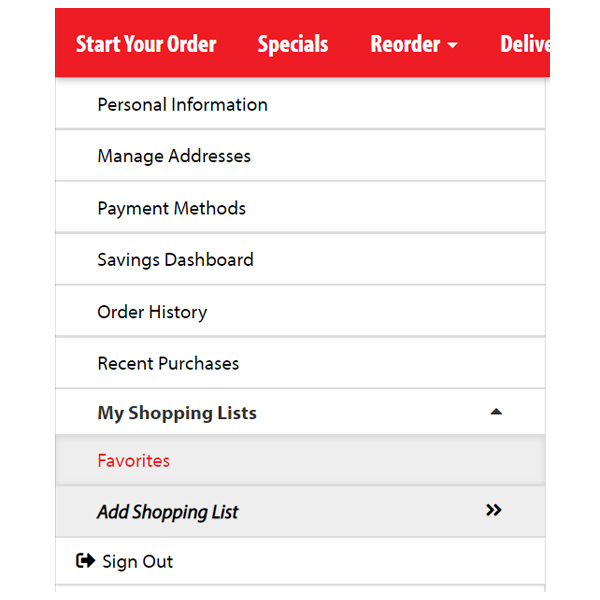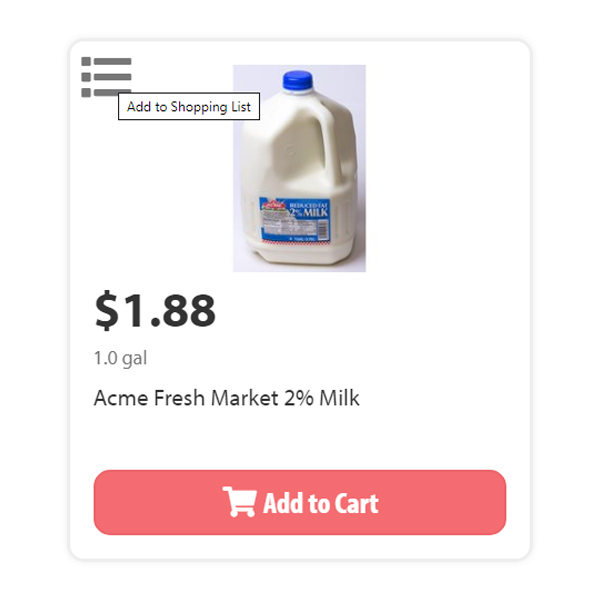Article
|
Jun
9
2021
|
How to Smoke on a Grill |
Prepare the coals for a long, slow cook.
Smoking is a form of indirect cooking and usually takes place over a period of hours over low temperatures. Use indirect coal configurations and a combination of lit and unlit coals to keep the fire burning over a long period of time.
Add smoke wood.
Hardwood smoke gives BBQ extra flavor, so try using some wood. You can use larger wood chunks, or convenient wood chips that have been soaked in water. Different woods impart different flavors. Hickory, mesquite and oak wood impart a bold flavor for meats like beef and pork. Apple, cherry and other fruit woods are milder and are ideal for pork and chicken.
Add smoke wood.
Smoke at 225°F to 250°F.
Consistent temperature is the key to smoking. The ideal temperature range for most smoking is 225°F to 250°F. A simple way to monitor temperature is to place a meat thermometer in the top vent of your grill, so the probe hangs down and measures the temperature of the air inside the grill. If your temperature is above 250°F, close down the vents to reduce the amount of oxygen in order to reduce the temperature. If your temperature dips below 225°F, open up the vents fully to allow more oxygen in to increase the temperature.
Keep the fire burning.
Ribs, brisket, and pulled pork take hours to smoke properly, so adding more coals will typically be necessary. There are two strategies to adding coals. The first way is to add more unlit coals, which you can do when you see temperatures begin to dip. Just add unlit coals; the lit ones will start them gradually. The second strategy is to add lit coals, which is important when the temperature drops below 225°F and you need to increase it quickly. Keep a chimney at the ready to fire up a new batch of lit coals, and pour them carefully into your cooker or add them with tongs.
Don't peek.
Perhaps the most difficult part of smoking is not lifting the lid. Every time you peek, you let valuable heat and smoke escape. Resist the temptation. Leave the lid on to avoid wild temperature swings or burning out your coals too quickly. Lift the lid only when you need to check the internal temperature of the meat or add more coals.
Other Items You Might Like






